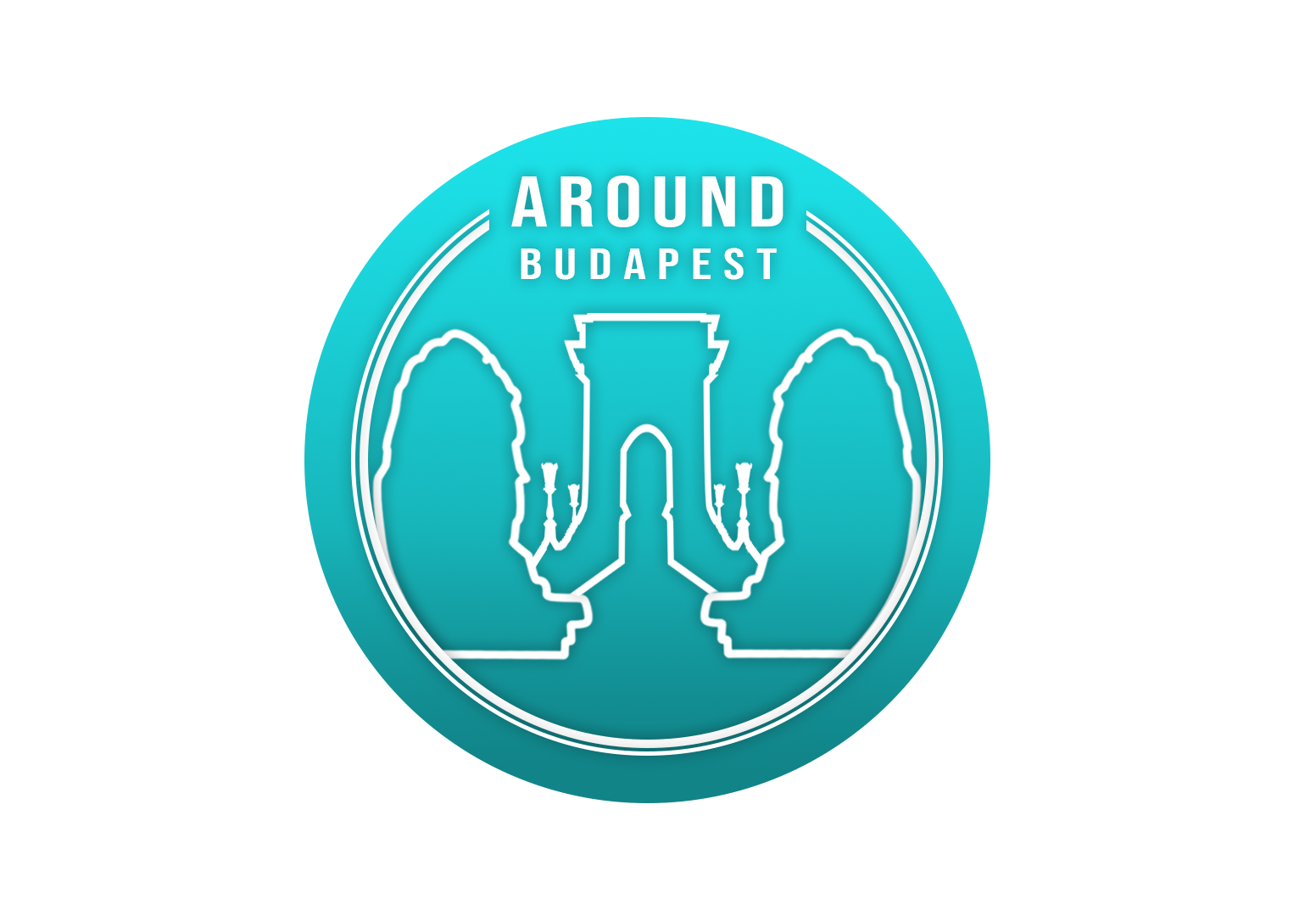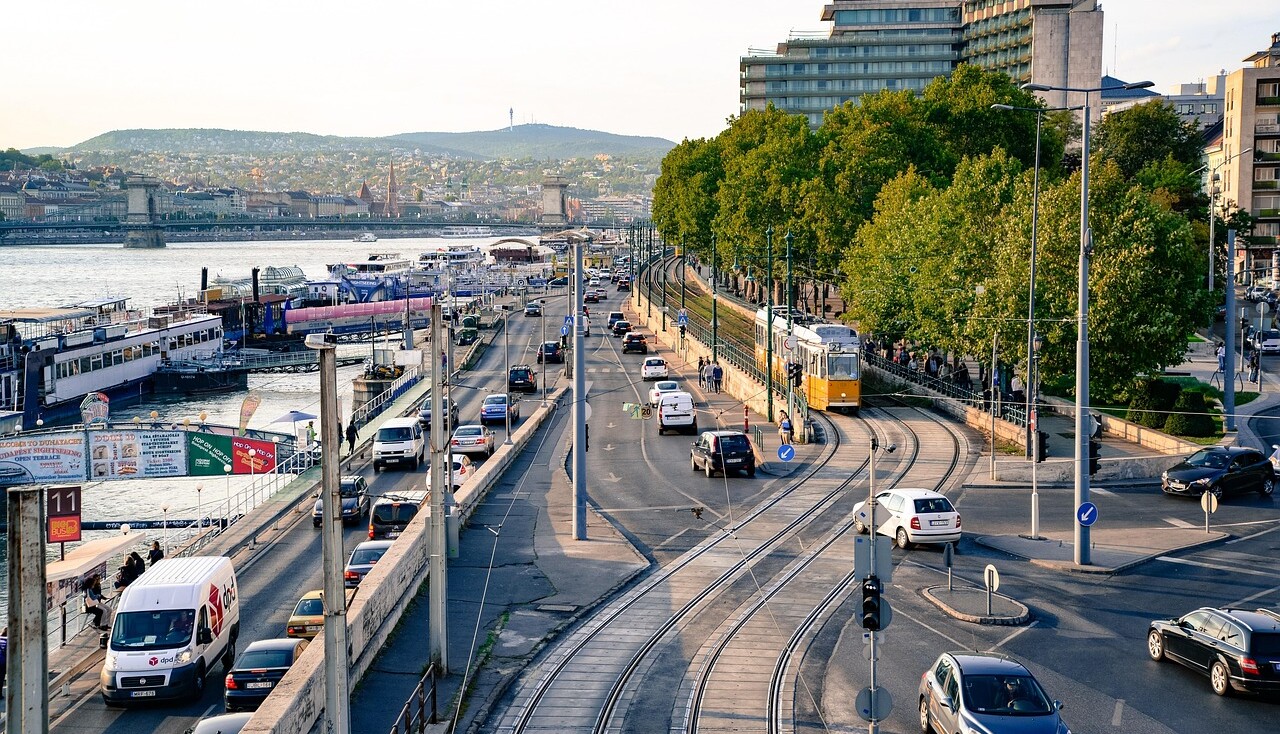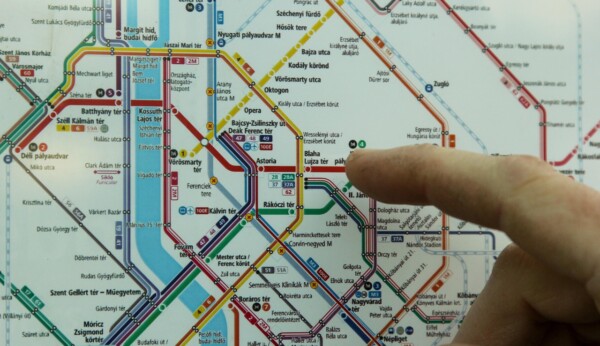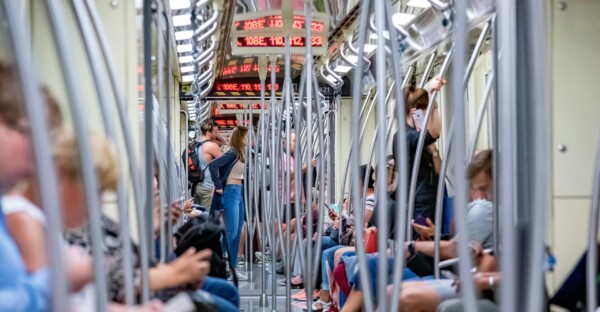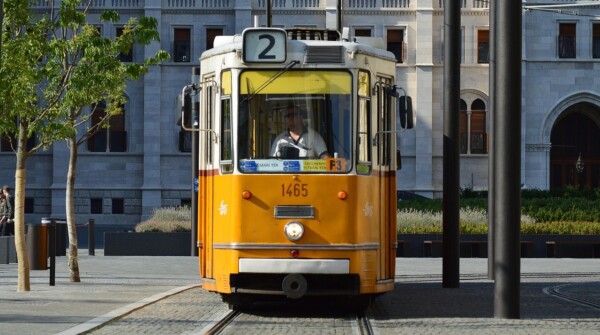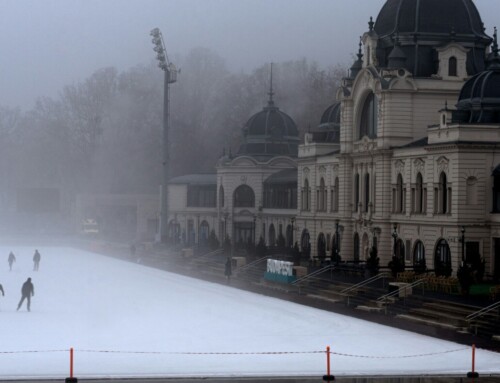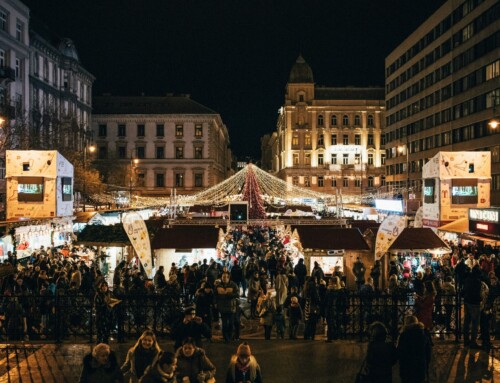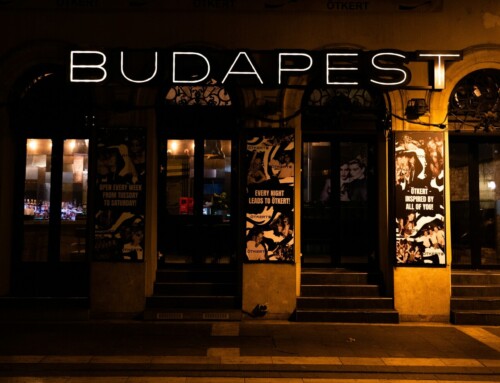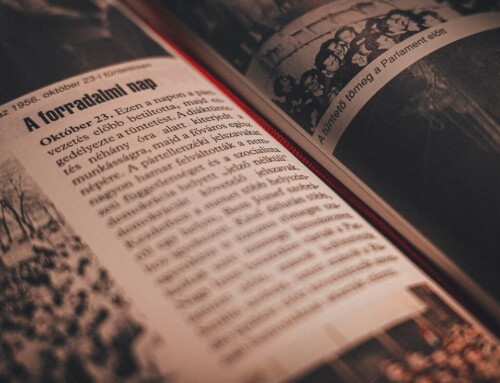How to Get Around Budapest Like a Local: Best Ways to Move
Planning your trip and wondering how to get around Budapest? This guide explains every transport option clearly and simply.
Budapest combines historic charm with one of Europe’s most efficient transport networks. You can move easily by metro, tram, or riverboat, or just walk through its compact center. Learning how to get around Budapest will make your visit smoother, cheaper, and more authentic.
Let’s explore all the ways to travel like a local.
Walking Around the City Center
Budapest’s downtown is perfect for walking. Districts V, VI, and VII contain most attractions within short walking distance. You can reach the Parliament, Basilica, and Chain Bridge in minutes. Pedestrian areas such as Váci utca or Andrássy Avenue are safe, scenic, and lively. Walking is the easiest way to discover cafés, street art, and hidden courtyards without needing transport.
Understanding Budapest’s Districts
Budapest has 23 districts called kerületek. Odd-numbered ones are mostly on Buda, even-numbered on Pest.
These are the most important districts for anyone visiting Budapest:
District I – Castle Hill with Buda Castle and panoramic views.
District V – City Center, full of hotels and landmarks.
District VI–VII – Nightlife, ruin bars, and culture.
District XIII – Margaret Island and modern residential zones.
Knowing the districts helps you navigate timetables, ticket zones, and choose accommodation wisely while learning how to get around Budapest.
Public Transport Tickets and Prices
Budapest’s public transport is managed by BKK – Budapesti Közlekedési Központ. Tickets are available from:
Purple BKK vending machines at metro stations and stops.
The BudapestGO app (Android / iOS).
Customer service centers and selected newsstands.
Check current prices here: https://bkk.hu/en/tickets-and-passes/prices/
You can buy single tickets for 450 HUF, or choose 24-hour, 72-hour, and weekly travelcards for unlimited rides. The Budapest Card also includes public transport and discounts at attractions.
Budapest Pay & Go allows direct contactless bank-card payment on selected buses and metro gates. Check before traveling which vehicles allow this.
Ticket validation:
Paper tickets must be stamped in machines before travel.
For mobile tickets, scan the QR code displayed at metro entrances or on vehicles using the BudapestGO app.
Timetables are visible in the BudapestGO app, online at BKK.hu, and usually posted at every stop.
Stops and stations are easy to recognize: purple BKK signs with icons for bus, tram, or metro. Each lists line numbers and routes, making orientation simple even for first-time visitors.
Public Transport in Budapest
Budapest has an extensive, reliable public transport network. Tourists can use metro, trams, buses, trolleys, HÉV trains, and boats. Understanding how to get around Budapest helps plan efficient, comfortable routes.
Metro System
Budapest’s metro opened in 1896, the oldest in continental Europe. It’s fast and reliable.
M1 (Yellow): Vörösmarty tér – Mexikói út, stops at Heroes’ Square and Széchenyi Baths.
M2 (Red): Déli pályaudvar – Örs vezér tere, passing Astoria and Keleti Station.
M3 (Blue): Kőbánya-Kispest – Újpest-központ, ideal for airport connection.
M4 (Green): Kelenföld – Keleti, modern and accessible.
Metros run from 4:30 a.m. to 11 p.m. Entry is controlled by inspectors at gates who check tickets before escalators.
Trams, Buses, and Trolleys
Trams, buses, and trolleybuses cover all of Budapest, connecting central districts with suburban areas. They run frequently from early morning until late night.
These are the most popular tram lines among tourists and locals, providing access to every part of the city center:
Line 2 runs along the Danube with views of the Parliament.
Lines 4 and 6 cross the Grand Boulevard 24 hours a day.
Buses reach areas not served by metro or trams, including outer districts and tourist spots. They operate roughly 4:30 a.m.–11 p.m., with night buses (900–999 series) covering main squares and metro connections between 11 p.m. and 4:30 a.m.
Trolleybuses are electric, eco-friendly, and serve central Pest. They are reliable for short trips and run on fixed routes all day.
Ticket inspection: Inspectors regularly check tickets on trams, buses, and trolleys. On certain buses, first-door boarding is enforced, and passengers must validate tickets immediately. Failure to show a valid ticket may result in a fine. Always keep a validated ticket until you exit the vehicle.
Stops are easy to recognize: purple BKK signs display line numbers, directions, and schedules.
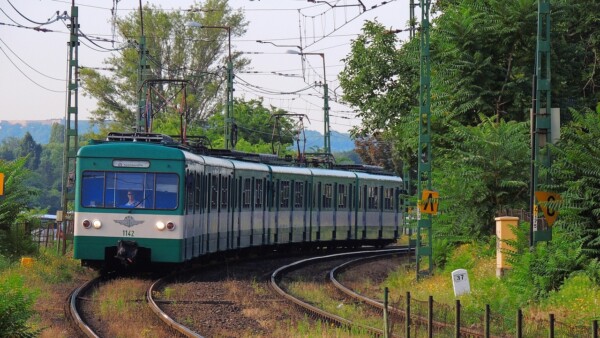
Suburban Trains (HÉV)
The HÉV suburban trains connect Budapest with nearby towns and outer districts. They are a fast and reliable choice for longer trips.
The lines are H5 to Szentendre, H6 to Ráckeve, H7 to Csepel, and H8/H9 to Gödöllő and Csömör.
These trains run frequently during the day and early evening, usually from around 4:30 a.m. until midnight.
The H5 line is especially popular with tourists, as it passes through Óbuda and offers a direct route to Szentendre, a charming riverside town.
Tickets for HÉV within Budapest’s city limits are the same as regular BKK tickets. If you travel beyond the city boundary, you’ll need an extension ticket for the outer zones. You can buy these from ticket machines, BudapestGO app, or at HÉV stations.
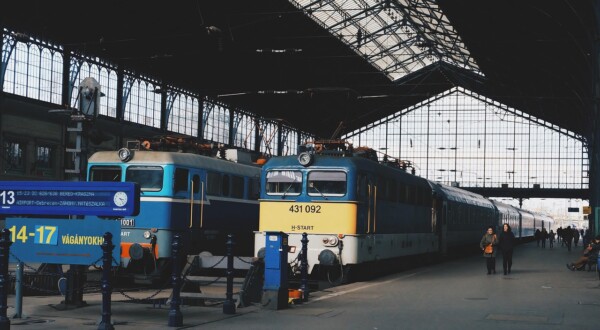
Trains
Budapest has three main railway stations: Keleti, Nyugati, and Déli. Each connects the city with destinations across Hungary and Europe.
The Keleti Railway Station is the largest, serving long-distance and international routes, including Vienna and Prague.
Nyugati Station, located near the city center, handles many domestic trains and regional services.
Déli Station, on the Buda side, connects travelers to southern and western Hungary.
A fourth major station is Kelenföld Station, in District XI. It is modern, well-connected, and linked to Metro Line 4.
Many trains to Lake Balaton, Győr, and Pécs depart from here, making it ideal for day trips.
Tickets can be purchased online through the MÁV app, at ticket counters, or self-service machines at stations.
You can find schedules and route information on the official MÁV website: www.mavcsoport.hu.
Train platforms are clearly marked with digital displays showing departure times and platform numbers. All main stations have metro, tram, and bus connections, making transfers simple.
For tourists learning how to get around Budapest, trains are the best way to explore regions beyond the city limits.
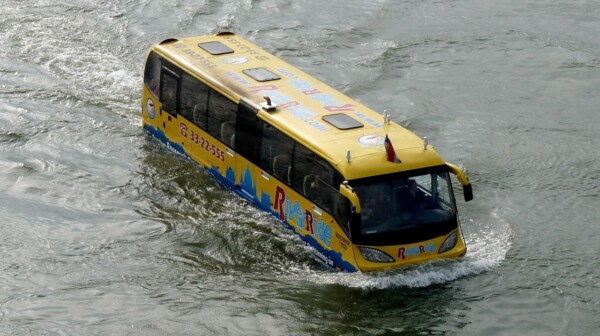
Riverboats on the Danube
Public transport boats (lines D11 and D12) operate from Újpest to Kopaszi-gát between spring and autumn. Standard BKK tickets or passes are valid. Stops include the Parliament, Margaret Island, and Bálna.
Boats usually run every 30–60 minutes, offering a peaceful way to travel while enjoying riverside landmarks.
Alternative Transport
Budapest offers many alternative ways to travel besides public transport. Tourists can rent bikes, e-scooters, or cars easily. Official taxis and pre-booked transfers provide comfort and safety. Knowing how to get around Budapest using these options makes sightseeing more flexible. Apps and rental stations simplify access to every service citywide.
Bikes, Scooters, and Cars
The city has an expanding bike lane network, covering most downtown areas and the riverside. You can rent bicycles through the MOL Bubi system, available at hundreds of docking stations across the city.
Scooter-sharing apps like Lime and Tier are also popular, especially for short rides between attractions.
Riding along Andrássy Avenue or the Danube Promenade gives you a beautiful view while moving quickly through the city.
For those wondering how to get around Budapest, bicycles and scooters are great for flexible, eco-friendly travel. Always follow traffic rules, use bike lanes when possible, and wear reflective clothing at night. Most central streets have dedicated cycling paths, and drivers are generally respectful of cyclists.
Car rentals are available at the airport and in many downtown locations. Companies like Hertz, Avis, and GreenGo offer both traditional and electric cars for short-term use. Driving in Budapest is possible but not always convenient.
Traffic can be heavy during rush hours, and parking in the center is expensive and limited.
Budapest is very easy to explore without a car, thanks to its extensive public transport system.
However, renting a car can be useful for day trips outside the city. If you plan to visit Lake Balaton, Esztergom, or Eger, driving gives you more flexibility.
For most visitors learning how to get around Budapest, combining public transport and shared mobility is the smartest choice.
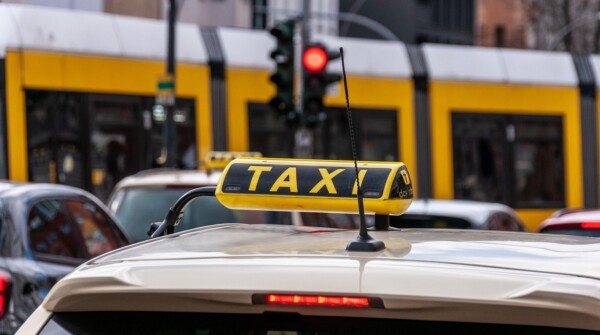
Taxis and Private Transfers
Taxis in Budapest are safe, reliable, and regulated by law. All official taxis are yellow and display a clear company logo. They use taximeters, so fares are transparent and standardized across companies. The average base fare is around 1,000 HUF, with per-kilometer and per-minute charges added during the ride.
Popular and trustworthy companies include Főtaxi, City Taxi, and Bolt.
You can hail a taxi on the street, find them at stands near hotels and stations, or order through mobile apps. Apps like Bolt or Főtaxi show real-time driver details and estimated prices before pickup. Avoid unlicensed taxis that do not have a visible company logo or roof sign.
For a more comfortable experience, especially when arriving or leaving the city, consider private transfers. They offer fixed prices, English-speaking drivers, and door-to-door service to any location in Budapest.
You can easily book one through Around Budapest Transfers.
Learning how to get around Budapest with taxis or transfers gives travelers comfort, especially when traveling with luggage or at night.
From the Airport to the City Center
Budapest Airport (BUD) is 16 km from downtown. Main options:
Bus 100E: direct to Deák Ferenc tér, ≈ 2 200 HUF, every 20 minutes.
Bus 200E + M3 metro: budget route using standard tickets.
Taxi or private transfer: door-to-door convenience, 24/7 service.
Tickets for 100E are available at airport vending machines or via BudapestGO. Travel time to the center is 35–45 minutes.
If you know how to get around Budapest from the airport, arriving feels effortless.
Tips for Using Public Transport
Always validate tickets before travel.
Keep your ticket until you exit.
Timetables are posted at stops and visible in BudapestGO.
Avoid rush hours (7–9 a.m., 4–6 p.m.) for comfort.
Carry some cash for smaller kiosks.
Try boat rides in summer for scenic views.
Understanding how to get around Budapest confidently helps you explore freely and save money.
Conclusion: Move Around Budapest Like a Local
With reliable transport, clear signage, and several travel options, discovering how to get around Budapest is easy and enjoyable. Whether you choose to walk the charming streets, hop on a tram, or glide down the Danube, Budapest makes every journey part of the experience.
Plan ahead, use official apps, and enjoy moving through the city just like a local.
